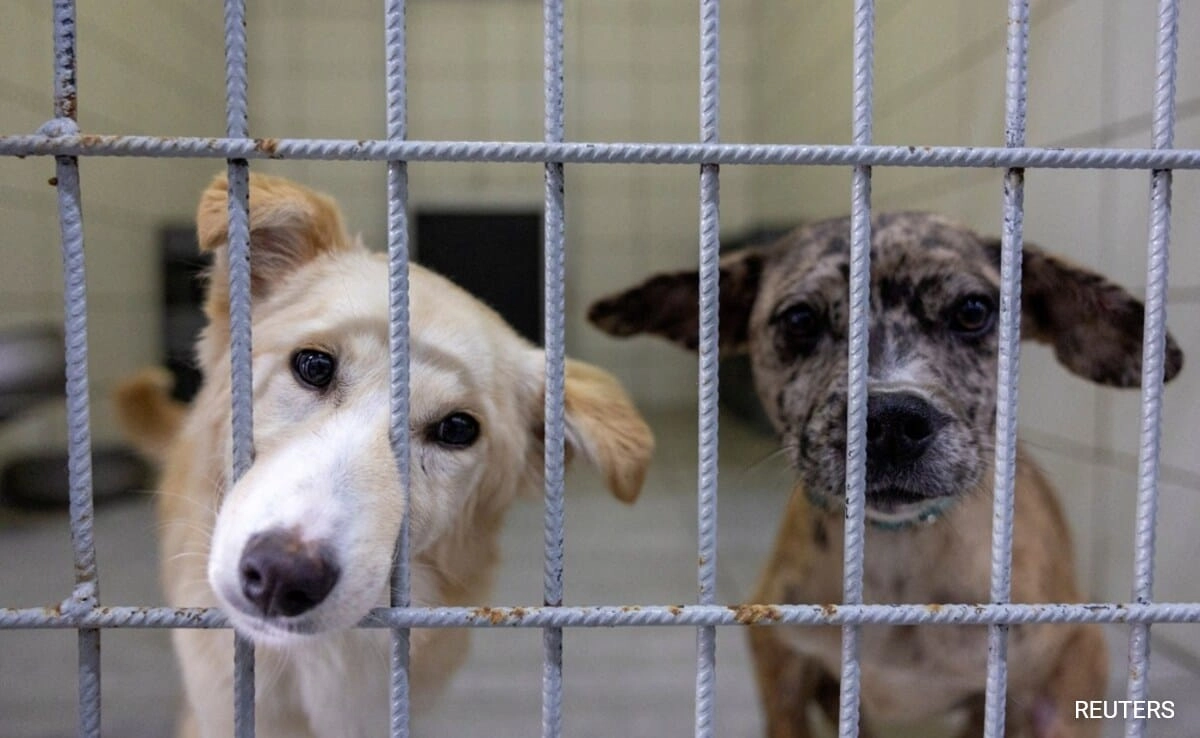The recent order by the Supreme Court regarding stray dogs has sparked significant debate and concern, particularly about the potential financial implications for municipalities and pet owners alike. While some may focus on the financial burden that might arise from the implementation of this order, it’s crucial to understand that the essence of this decision transcends mere monetary considerations. At its core, the ruling emphasizes the need for humane treatment of stray animals, reflecting a broader societal obligation to ensure their welfare.
Critics argue that the order could lead to substantial costs for local governments, as they may need to allocate resources for the management and care of stray dog populations. This includes expenses related to veterinary care, shelter, and potential relocation efforts. However, viewing the order solely through the lens of financial implications misses the larger picture. The responsibility to care for stray animals is not just a logistical challenge; it’s a moral imperative. Communities are urged to rethink their approach to animal welfare, fostering a culture of compassion and responsibility towards all living beings.
Moreover, the conversation surrounding stray dogs often highlights the need for proactive measures, such as spaying and neutering programs, public education on responsible pet ownership, and community engagement in animal welfare initiatives. These strategies can not only alleviate the immediate concerns about stray populations but also contribute to long-term solutions that benefit both animals and humans. Ultimately, the Supreme Court’s ruling serves as a catalyst for a necessary dialogue about how society approaches the issue of stray dogs, encouraging a shift from reactive to proactive solutions.
In conclusion, while the financial ramifications of the Supreme Court’s order regarding stray dogs are indeed significant, they should not overshadow the fundamental goal of promoting humane treatment and care for all animals. This decision prompts us to reflect on our responsibilities as a society and to foster a more compassionate approach towards stray animals. Investing in their welfare is not merely an expense; it is an investment in the kind of society we aspire to be—one that values compassion, responsibility, and the coexistence of all living beings.




